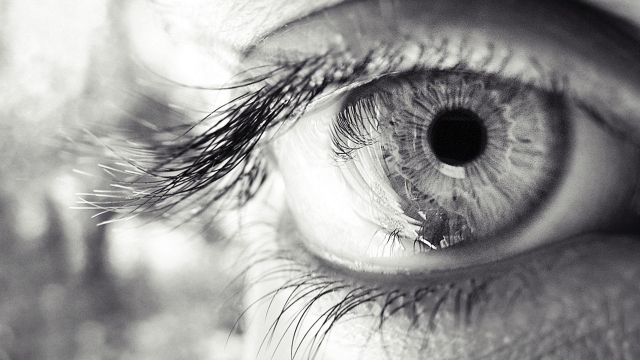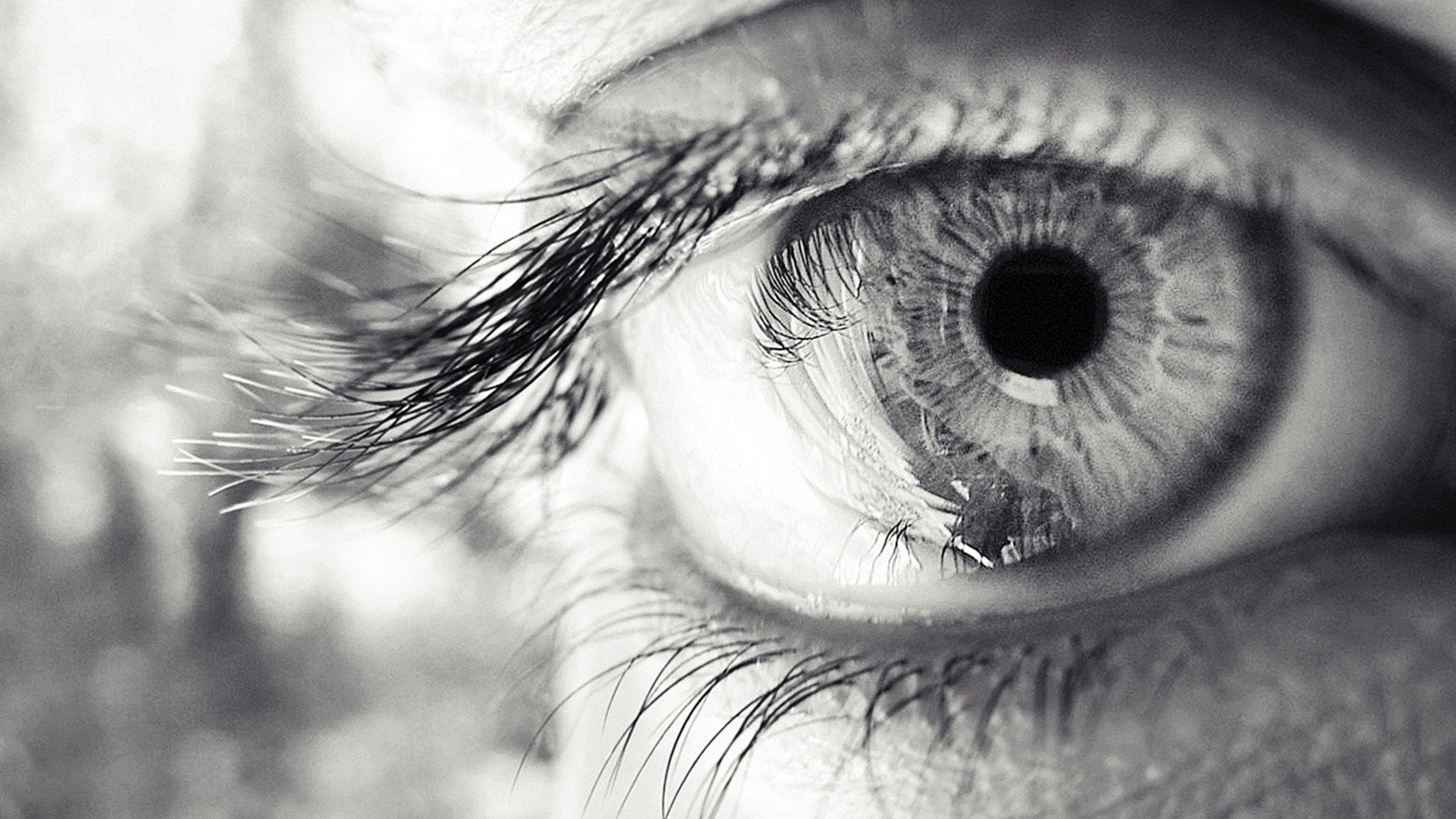
Seeing Through the Lens: Unraveling the Mysteries of Retinopathy
Retinopathy, a fascinating and complex eye condition, has long intrigued experts in the field of ophthalmology. This condition, often associated with diabetes and other underlying health issues, warrants our attention as it can have serious implications for vision health. Through advancements in diagnostic tools and comprehensive screening programs, such as diabetic eye screening, we are gaining valuable insights into the early detection and management of retinopathy. Additionally, the understanding of retinopathy has important implications for other eye disorders, such as glaucoma, further emphasizing the significance of unraveling its mysteries. Join us as we peel back the layers and explore the fascinating world of retinopathy from the unique perspective of an ophthalmologist’s lens.
Understanding Retinopathy
Retinopathy is a medical condition that primarily affects the eyes, specifically the retina, which is the light-sensitive part of the eye responsible for capturing images and sending them to the brain for interpretation. This condition is commonly seen in individuals with diabetes and can potentially lead to vision loss if left untreated.
When someone has retinopathy, the blood vessels in the retina become damaged and may leak fluid or blood. This can cause a variety of symptoms, such as blurry vision, difficulty seeing in low light, and even complete vision loss in severe cases. It’s crucial for individuals with diabetes to be aware of retinopathy and its potential consequences, as early detection and intervention greatly increase the chances of preserving vision.
Ophthalmology, the branch of medicine that deals with the diagnosis and treatment of eye disorders, plays a vital role in identifying and managing retinopathy. Regular check-ups with an ophthalmologist are essential for diabetic patients to assess their risk of developing retinal complications. Ophthalmologists use various diagnostic techniques and tools, such as dilated eye examinations and imaging tests, to closely examine the retina and identify any signs of retinopathy.
Diabetic eye screenings are another crucial aspect of managing retinopathy. These screenings involve the use of specialized equipment to capture high-resolution images of the retina, allowing medical professionals to detect early signs of retinal damage. By conducting regular screenings, individuals with diabetes can stay informed about their retinal health and take appropriate actions to protect their vision.
In addition to retinopathy, individuals with diabetes also have an increased risk of developing other eye conditions, such as glaucoma. Glaucoma is a group of eye diseases that can cause damage to the optic nerve and lead to vision loss if not treated in a timely manner. Therefore, it is essential for individuals with diabetes to understand the potential connections between retinopathy and other eye conditions, and work closely with their healthcare team to manage their overall eye health.
Retinopathy is a complex condition that requires ongoing monitoring and management. By understanding the basics of retinopathy and the importance of regular screenings, individuals with diabetes can take proactive steps to protect their vision and minimize the impact of this potentially sight-threatening condition.
Diabetic Eye Screening
Early detection and treatment of diabetic eye complications is crucial for maintaining good vision and preventing further damage. Diabetic eye screening is a specialized procedure in ophthalmology that plays a vital role in identifying and managing retinopathy, one of the most common complications of diabetes.

Retinopathy occurs when high blood sugar levels damage the blood vessels in the retina, leading to vision problems or even blindness if left untreated. Regular diabetic eye screening aims to catch any signs of retinopathy in its early stages, enabling prompt intervention and preserving vision for patients with diabetes.
During a diabetic eye screening, ophthalmologists use various techniques to assess the health of the eyes and detect any abnormalities in the retina. This often includes a comprehensive eye examination, using specialized equipment to examine the back of the eye and evaluate the blood vessels and the condition of the retina.
One of the primary methods used in diabetic eye screening is fundoscopy, where ophthalmologists use an ophthalmoscope to examine the retina for signs of damage or disease. This non-invasive procedure allows for a detailed examination of the structures within the eye, helping to diagnose retinopathy and other eye conditions such as glaucoma.
In conclusion, diabetic eye screening is a vital component of managing diabetic retinopathy and preventing vision loss in individuals with diabetes. By detecting retinal changes in the early stages, ophthalmologists can provide timely treatment and intervention, allowing patients to maintain their vision and overall eye health. Regular screenings are recommended for all individuals with diabetes to ensure the timely detection and management of diabetic eye complications.
The Link to Glaucoma
Join Now
Glaucoma, another common eye condition, can also be connected to retinopathy. While retinopathy primarily affects the blood vessels in the retina, which is the light-sensitive tissue at the back of the eye, glaucoma affects the optic nerve. However, research has shown that patients with retinopathy are at a higher risk of developing glaucoma.
The relationship between retinopathy and glaucoma is complex and not completely understood. One possible explanation is that both conditions share similar risk factors, such as high blood pressure and diabetes. These underlying health issues can contribute to the development of both retinopathy and glaucoma.
Furthermore, studies have suggested that retinopathy may indirectly impact the ocular structures responsible for drainage of fluid from the eye. If the fluid does not drain properly, it can lead to increased pressure within the eye, a characteristic feature of glaucoma.
In conclusion, while retinopathy and glaucoma are distinct eye conditions, there appears to be a connection between the two. Understanding this link is crucial in the management and treatment of patients with retinopathy, as it highlights the importance of comprehensive eye examinations and early detection of glaucoma in individuals affected by retinopathy.

